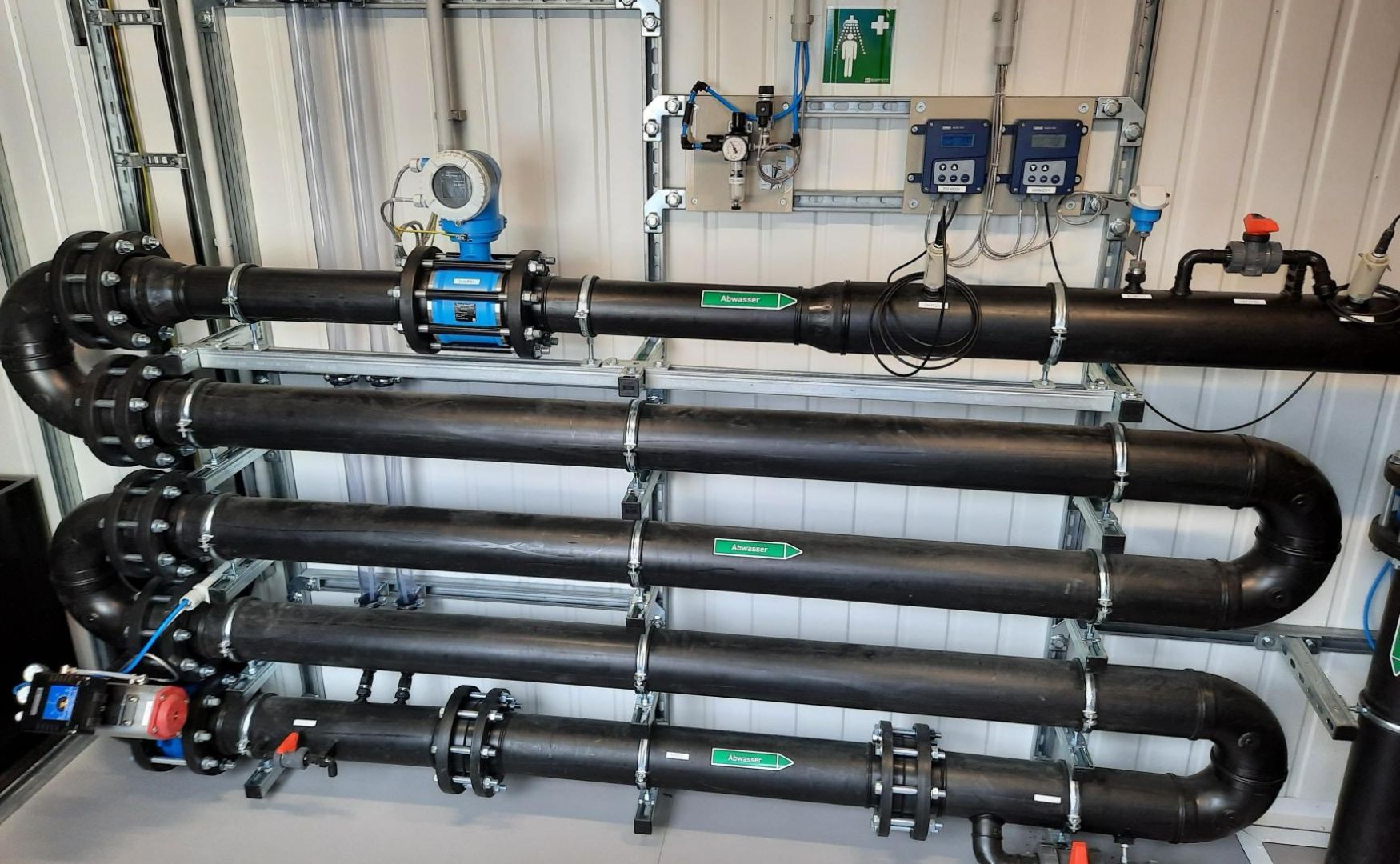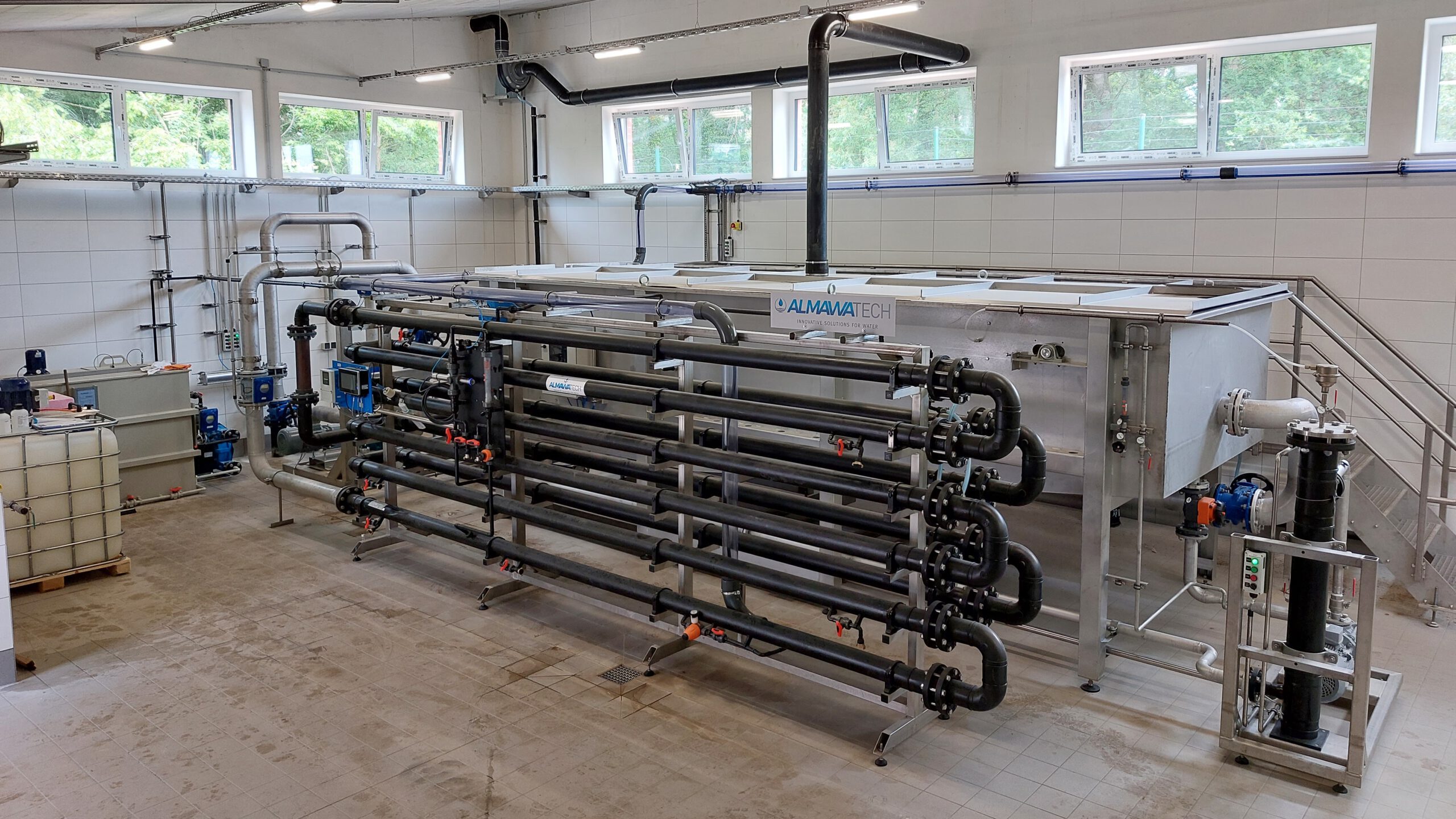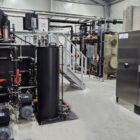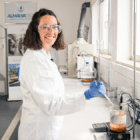The mixing section is a central component of many systems in industrial water and wastewater treatment. It is used to efficiently mix different media - such as water, chemicals or gases - to ensure homogeneous distribution. This process is of crucial importance as it optimizes the reaction conditions in downstream treatment stages and improves the efficiency of chemical, biological or physical processes.
This article describes in detail the technical principles, design, functionality and diverse applications of mixing sections in industrial water treatment. Typical challenges and practical solutions are also explained.
Table of contents
What is a mixed section?
A mixing section is a specifically designed section of piping that is designed to achieve a homogeneous distribution of substances through targeted flow control and turbulent mixing. Liquids, solids or gases can be introduced and evenly distributed in the main flow.
Functions:
- Homogenization: Uniform distribution of chemicals or additives in the water.
- Reaction optimization: Ensuring complete contact between reactants to maximize chemical efficiency.
- Preparation: Creation of ideal conditions for subsequent treatment stages such as precipitation, flocculation or filtration.
Structure and types of mixing sections
The design of a mixing section depends on the type of application, the flow conditions and the physical properties of the substances to be mixed. There are various design principles:
1st pipe mixing section
- Structure:
A simple pipe into which chemicals or additives are injected. Mixing is achieved by the natural turbulence in the pipe. - Application:
For applications with high flow rates and turbulent flows. - Advantage:
Cost-effective and easy to install.
2. static mixers
- Structure:
Pipe sections equipped with fixed elements (e.g. spirals, vanes). These elements create flow vortices and promote mixing. - Application:
Ideal for applications with laminar flow or low flow. - Advantage:
Efficient mixing with minimum energy consumption.

Photo: Reaction section with static mixer and pH-controlled dosing of acid and alkali(ALMA Neutra)
3. dynamic mixers
- Design:
Mixing sections with rotating components that are mechanically driven. - Application:
For applications where particularly intensive mixing is required, e.g. for highly viscous liquids. - Advantage:
High flexibility when adapting to different mixing requirements.
4. gas mixing sections
- Structure:
Equipped with special injection nozzles that inject gases such as oxygen, ozone or carbon dioxide into the water. - Use:
Applications in aeration, oxidation or pH regulation. - Advantage:
High efficiency in gas distribution.
Technical basics of the mixing section
1. fluid mechanics
The effectiveness of a mixing section depends largely on the flow conditions:
- Turbulent flow (Reynolds number > 4000):
Promotes mixing through strong vortex formation. - Laminare Strömung (Reynolds-Zahl < 2000):
Erfordert den Einsatz statischer Mischer, um eine effektive Vermischung zu gewährleisten.
2. introduction of substances
The way in which substances are introduced into the mixing section influences the homogeneity of the mixture:
- Injection nozzles: Punctual injection of liquids or gases.
- Ring-shaped distributors: Uniform distribution across the cross-section of the pipe.
3. dwell time
The dwell time in the mixing section is crucial for complete mixing. It depends on the length of the mixing section, the flow speed and the physical properties of the substances.

Photo: Our ALMA NeoDAF flotation system with static mixer and pipe mixing section for dosing precipitants and flocculants
Applications in water and wastewater technology
1. chemical dosing
Mixing sections are essential for evenly distributing chemicals such as precipitants, flocculants, antiscalants or corrosion inhibitors in the water.
Example:
- Precipitation and flocculation: Uniform distribution of aluminum sulfate or ferric chloride to ensure optimal floc formation.
2. gas metering
Gas (e.g. oxygen, CO₂) is efficiently introduced into aeration tanks, reactors or pH regulation systems using mixing lines.
Example:
- Aeration in aerobic biological treatment plants: Oxygen is evenly distributed in the wastewater to promote microbial decomposition.
3. cooling water circuits
In industrial cooling water systems, mixing sections are used to dose corrosion inhibitors and biocides in order to prevent scaling and fouling.
4. water treatment
Mixing sections are used in reverse osmosis systems or ion exchangers to ensure the addition of antiscalants or pH stabilizers.
Challenges and solutions for mixing lines
1. insufficient mixing:
- Problem: With laminar flow or short mixing distances, homogeneity can be impaired.
- Solution: Use static mixers or extend the mixing section.
2. blockages:
- Problem: Solids or sludge can block the injection nozzles or mixing elements.
- Solution: Regular maintenance and cleaning.
3. energy consumption:
- Problem: Dynamic mixers cause higher operating costs due to mechanical drives.
- Solution: Optimize the flow conditions or switch to static mixers.
Conclusion
The mixing section is an essential component in industrial water and wastewater treatment that significantly influences the efficiency of chemical, biological and physical processes. Its correct design and construction are crucial to achieving optimum results. Through the targeted use of modern technologies such as static or dynamic mixers, challenges such as insufficient mixing or energy consumption can be effectively overcome. As an integral part of water treatment, the mixing section helps to stabilize processes and optimize operating costs.
For further information on our products, please feel free to contact us at any time!








